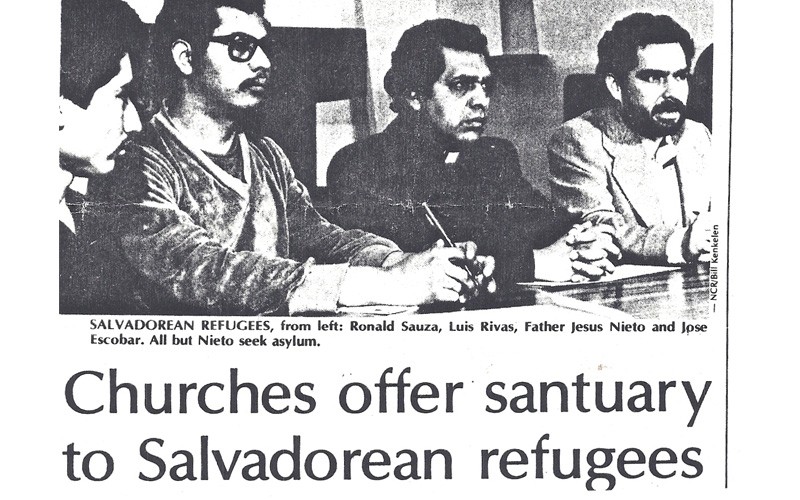Reviving the Sanctuary Movement
Churches can be on the frontlines of resistance.

Note: This is the first post in the Reviving Sanctuary series in which Erin Guzmán explores the Sanctuary Movement and its implications for today.
As we enter the Trump era, individuals and institutions across the country are making preparations for what may come, namely: mass deportations, a Muslim registry, increased surveillance, and various forms of violence that will hurt people of color, women, those suffering from poverty and homelessness, the LGBTQI community, and people with disabilities.





